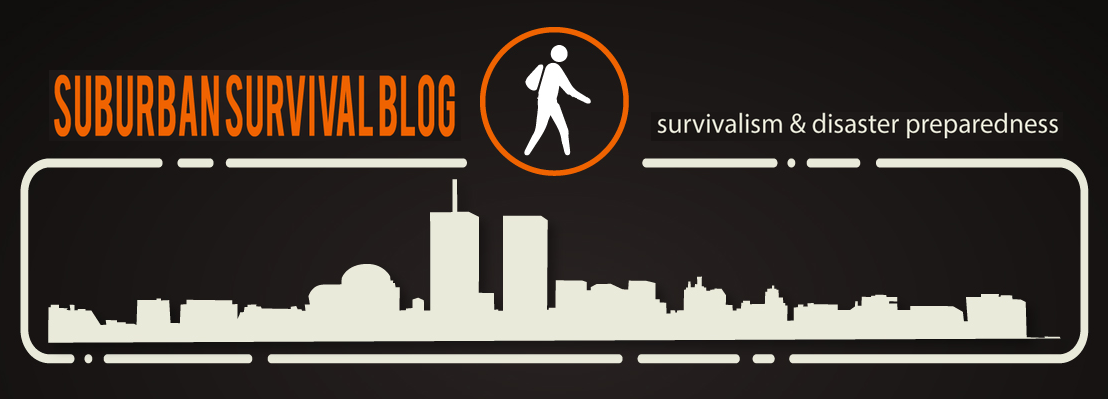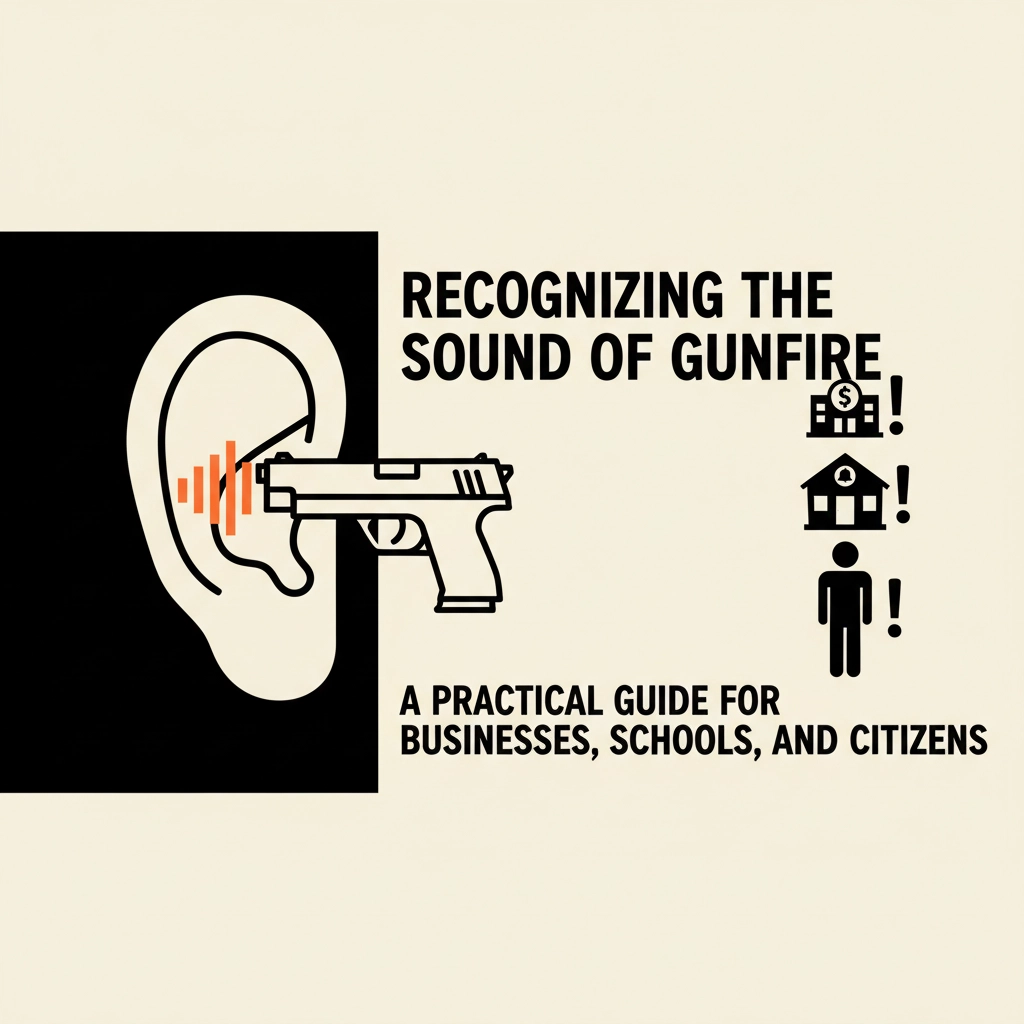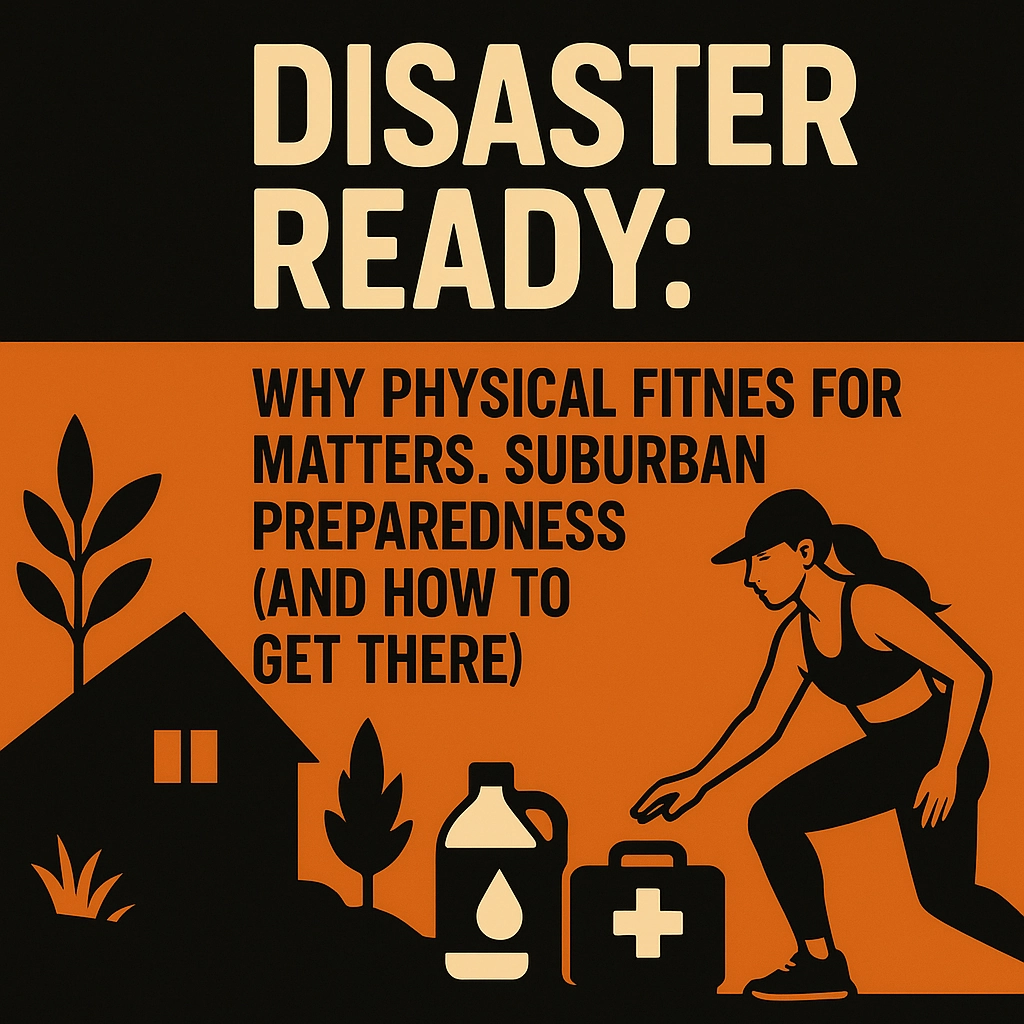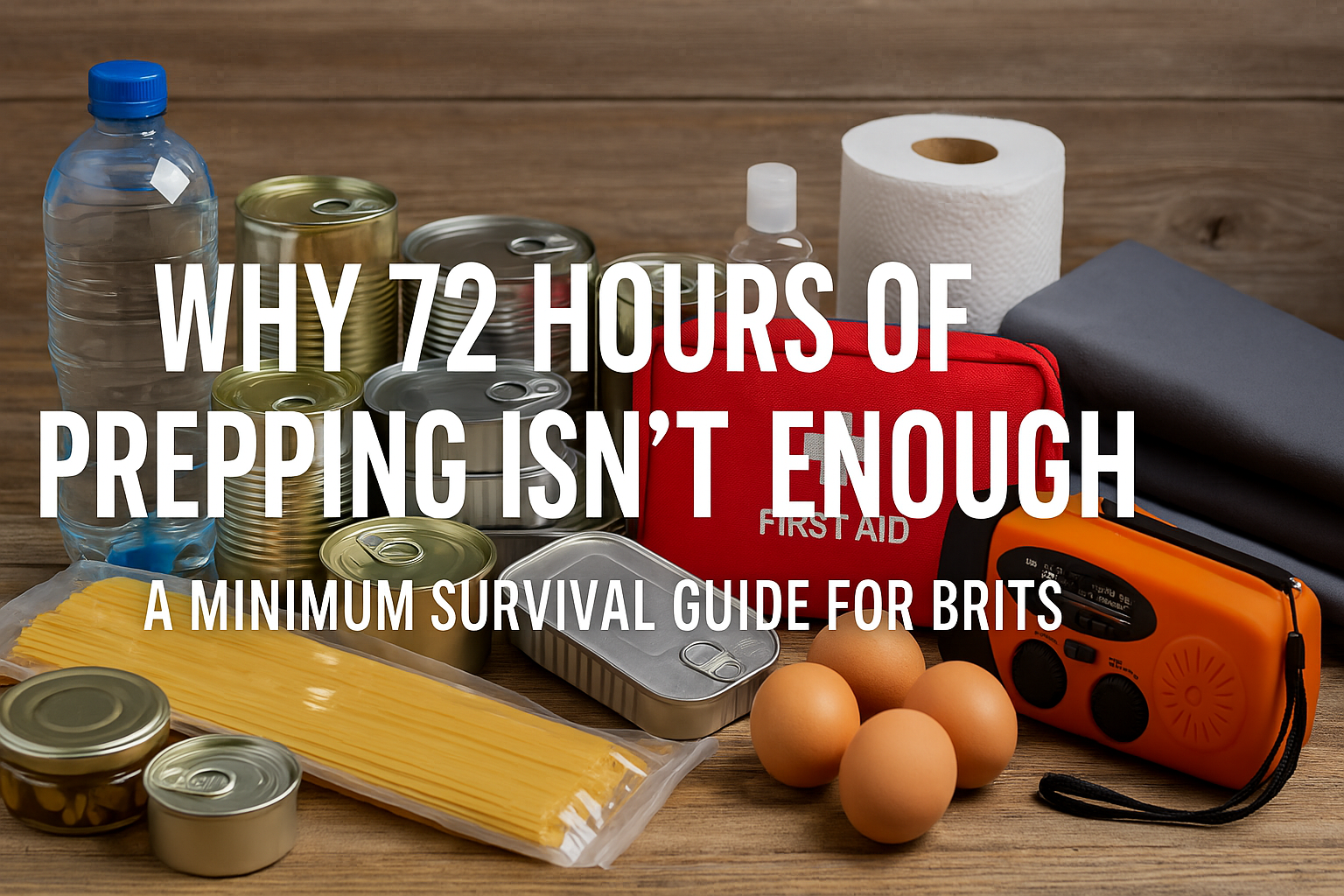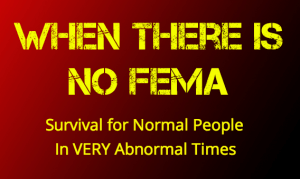 I was asked to review the book “Where There Is No FEMA.” I’ve been turning down many book reviews lately for two reasons. First, because my time has been very limited with work, and second, because I find many books on the Prepper genre strikingly similar in content. When I was asked to review “When There Is No FEMA” I sighed, and thought, here we go again. Upon looking into the author a bit and their Website, it looked like this book might be a bit interesting.
I was asked to review the book “Where There Is No FEMA.” I’ve been turning down many book reviews lately for two reasons. First, because my time has been very limited with work, and second, because I find many books on the Prepper genre strikingly similar in content. When I was asked to review “When There Is No FEMA” I sighed, and thought, here we go again. Upon looking into the author a bit and their Website, it looked like this book might be a bit interesting.
Let me first say that Richard Bryant, the author likes to call this book “Textbook Quality.” It’s 500 plus pages in length, and has a red and yellow cover that is sure to grab your attention if you were to see it on a shelf. But you won’t. As far as I know, you cannot buy it anywhere at the moment but Richard’s Website, NoFEMA.com.
When I picked the book up and thumbed through it, I came on a chapter called, “Forming a Disaster Community.” I began reading from there. I was particularly intrigued because I had just finished and published my own eBook on Building Your Own Disaster Preparedness Group. But this is not about me, but I am going to draw a comparison. What I noticed was a lot of detail in the chapter. Where I was higher level, Richard was VERY detailed. He was detailed, because he had already built a prepper community that thrives even today, as a very prominent disaster preparedness organization out of the Tampa Florida area. I was immedietly hooked, and needed to explore the book more.
If you open the book’s Table of Contents, here is basically what you will find. It probably looks similar to most other books you might pick up on Amazon or in the book store:
- Disaster Planning
- Bugging in and bugging out
- Emergency food and water
- Emergency fuel and power
- Raising small livestock (chickens, rabbits, etc.)
- Survival gardening and farming
- Hunting, trapping and fishing
- Guns and other weaponry
- Home and community defense, defensive tactics and intelligence gathering
- First aid
- Sanitation
- Post disaster physical fitness
- Disaster Communications
- The role of precious metals for disaster preparedness
- Survival strategies for those with limited means
Well, the topics are similar, with one exception… The level of detail… The detail that Richard goes into in his book is superior, in my opinion, than many of the other books that I have had the opportunity to read and/or skim though. And, trust me, I have read many. One of the first books I read on disaster prepardness several years ago was “EMERGENCY, This Book Could Save Your Life,” and by comparison, fugetaboutit. “When There Is No FEMA” should have been one of the first books I read, had it been around. His chapter on Diaster Communications goes into some detail on PSK31 and WINMORE, SMS/Text technologies that can be used during a SHTF event if other communications methods do not offer proper OPSEC or in the event other methods do not work. I distinctly remember during 9/11 because of the large number of people trying to communicate via mobile, and voice communications being down both SMS/Text and Instant Messaging were two methods of communication that seemed to prevail.
Richard consistently, offers up tidbits of information that enlighten me as well… He talks a bit about kerosene, and the stability of other fuels in detail, as well as which ones are really the most popular for preppers to store.
He talks about Hunting & trapping as well, but goes into a bit more detail than other text that is combined in a general manual. He discusses how to hunt for squirrels if you have never done so, rabbit, quail, pheasant, etc. and gives good suggestions on how to attract and expire such game. He also includes deer, wild boar/hog, and even field dressing your game. One downside here, I feel I need to mention, are the lack of illustrations and pictures for the more visual reader.
It should be noted that Richard makes detailed reference to other parts of his book while reading. I can only assume this is so that you can jump around and continue reading on the same subject line that you had been. A good example is when he talks about having storage of GCHCL to make bleach with. He immediately makes reference on how to purify water with the GCHCL that makes a batch of bleach with in another section of the book. I found this to be a very helpful feature, as several topics piqued my interest, and checking out the referenced section compoleted the topic without having to read straight through in a linear fashion. This must have taken weeks to complete. Nice touch to the book. It should be noted, I have already taken some of his advise on GCHCL and purchased a couple of bags for myself and as small gifts to other prepper friends.
There is a LOT of information in this book. I can see why Richard calls it a “text book.” It makes internal reference like a textbook, and helps you to connect the dots, where as most books of this type are linear in fashion. There is something in this book for every level of prepper, from beginner to advanced. You will find some overlap with other texts, but overall I am glad they sent it to me for review. My only real disappointment was a lack of illustrations and pictures where more detailed descriptions of tasks were required. This however would probblably have added 100 pages to the book and boosted it’s cost exponentially. So I completely understand.
What this book won’t do. It won’t replace other texts that are dedicated to one area of prepping, such as Story’s book on raising rabbits or Doom & Bloom Survival Medicine Handbook. But it will give you what you need to start working it all out on your own, and much more. I will use this book for reference on a number of topics going forward. Thanks Richard and
As of the writing of this post, you will not find WHEN THERE IS NO FEMA in stores or on Amazon.com. You will, however find it at www.nofema.com.

